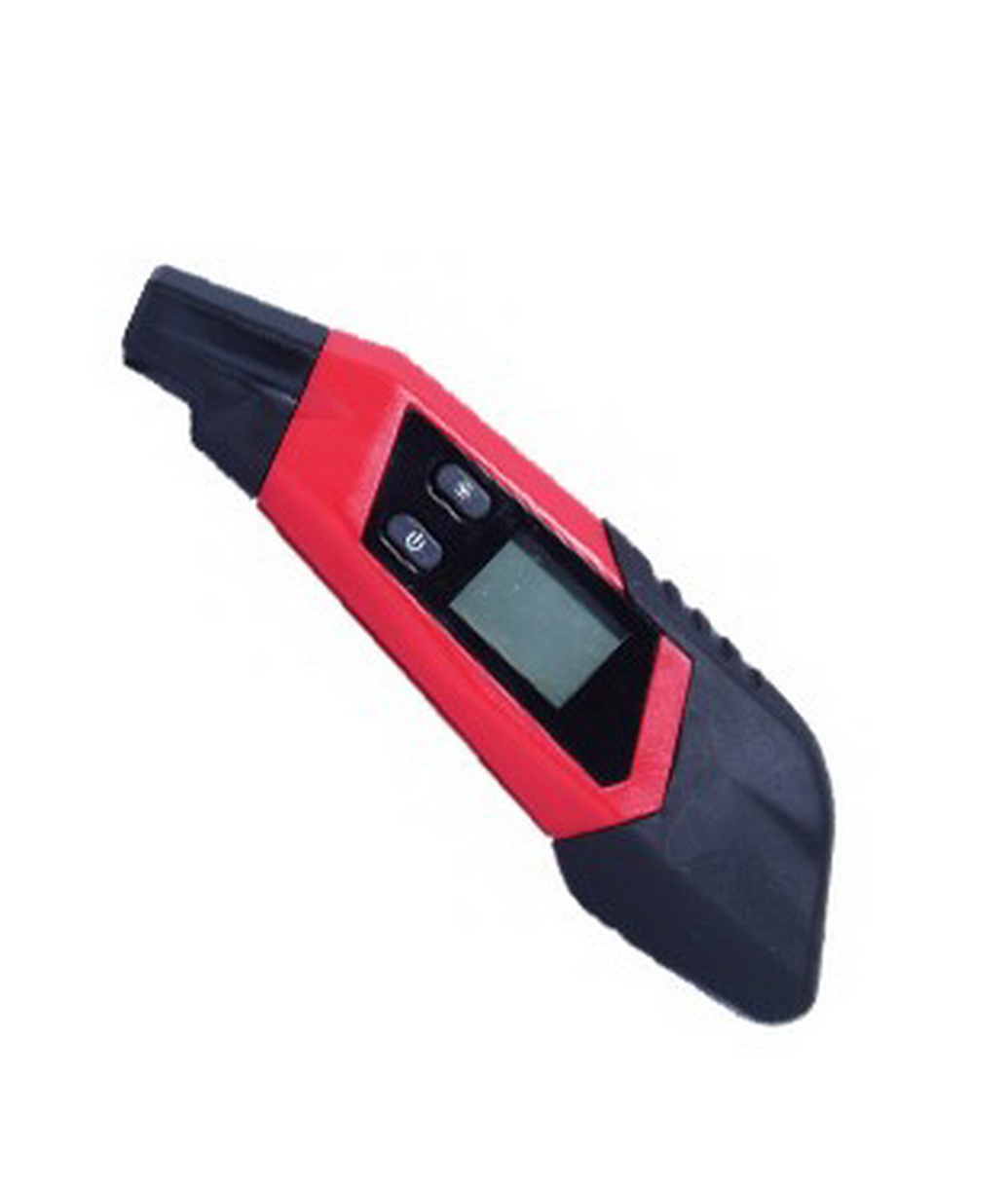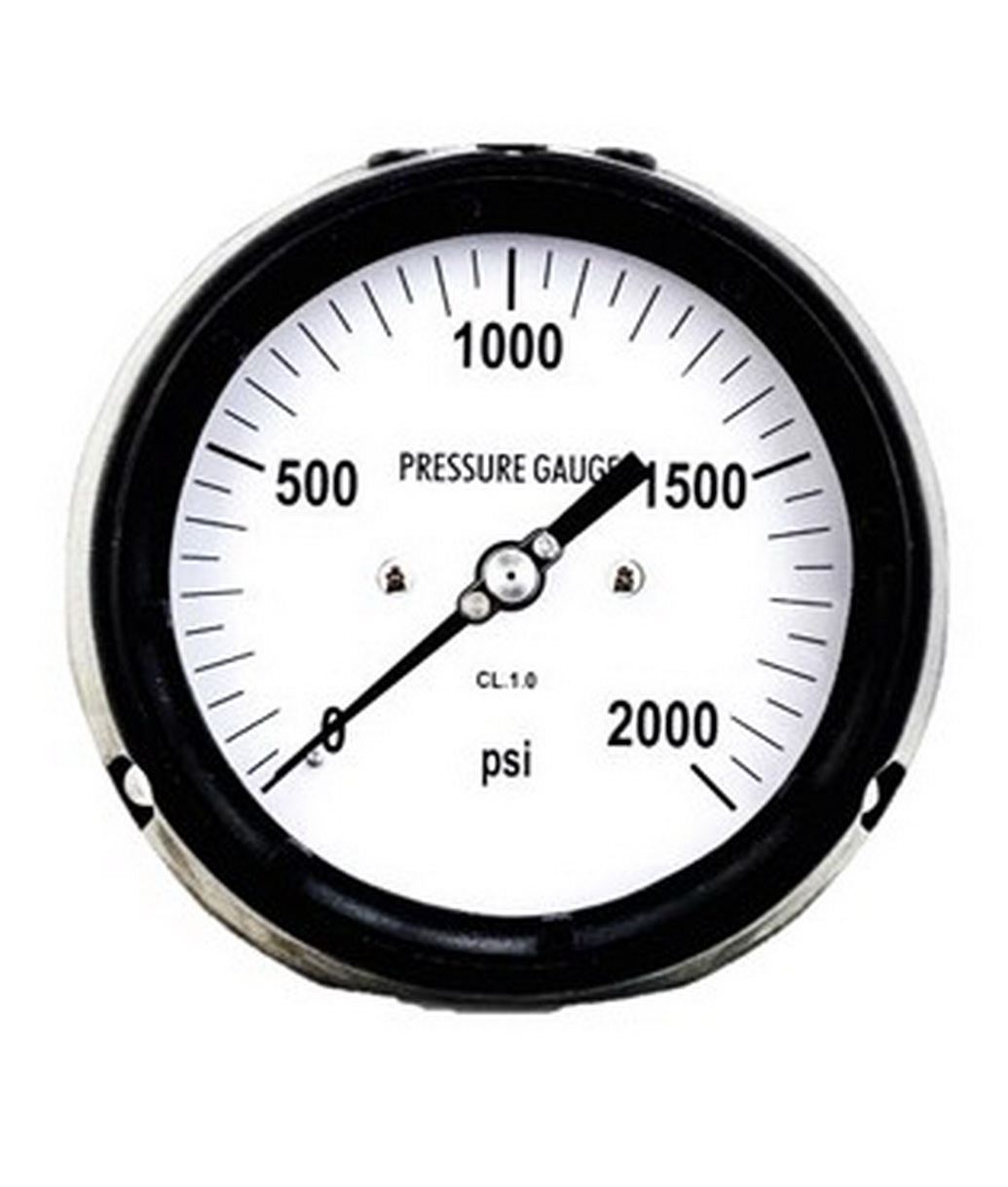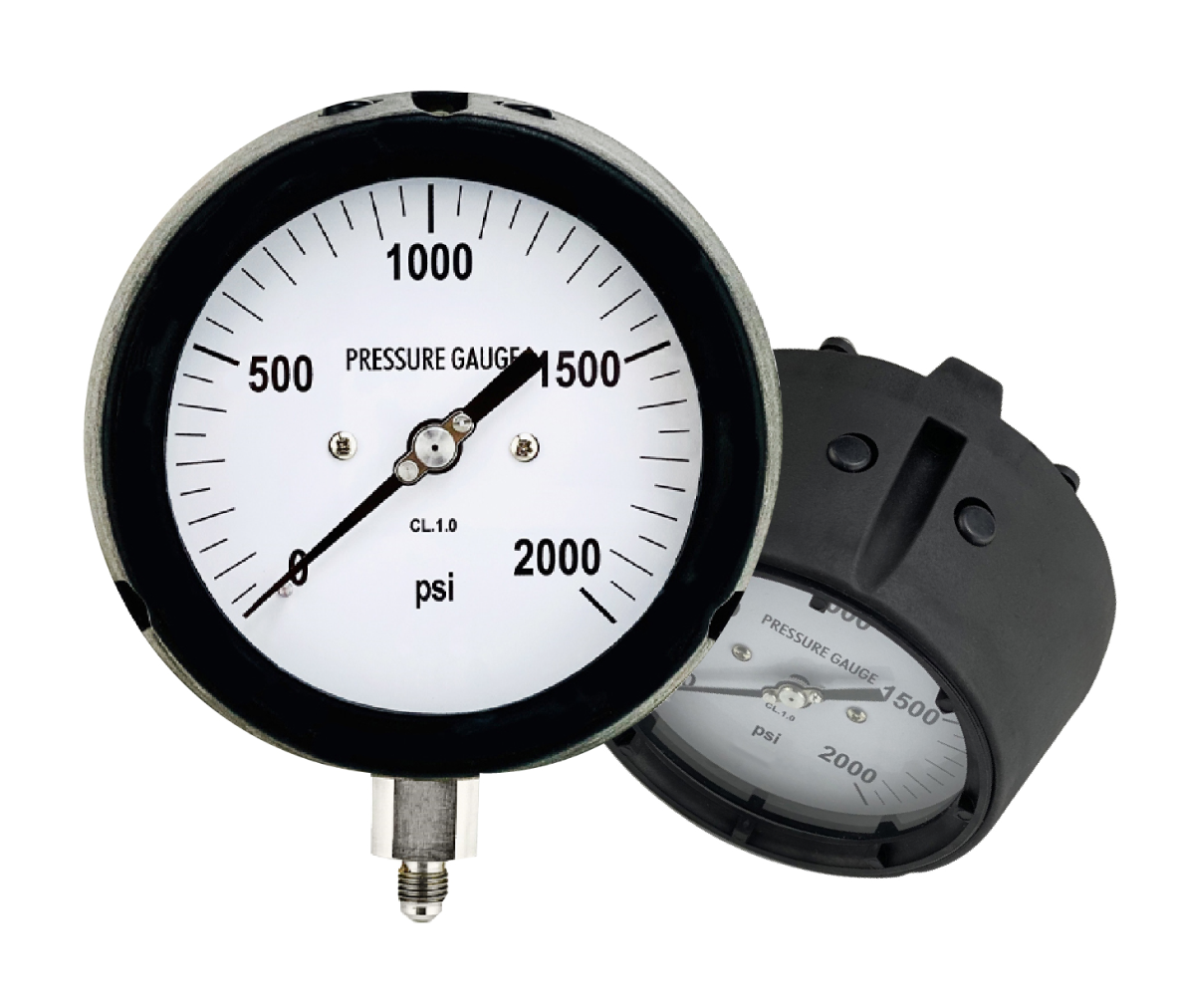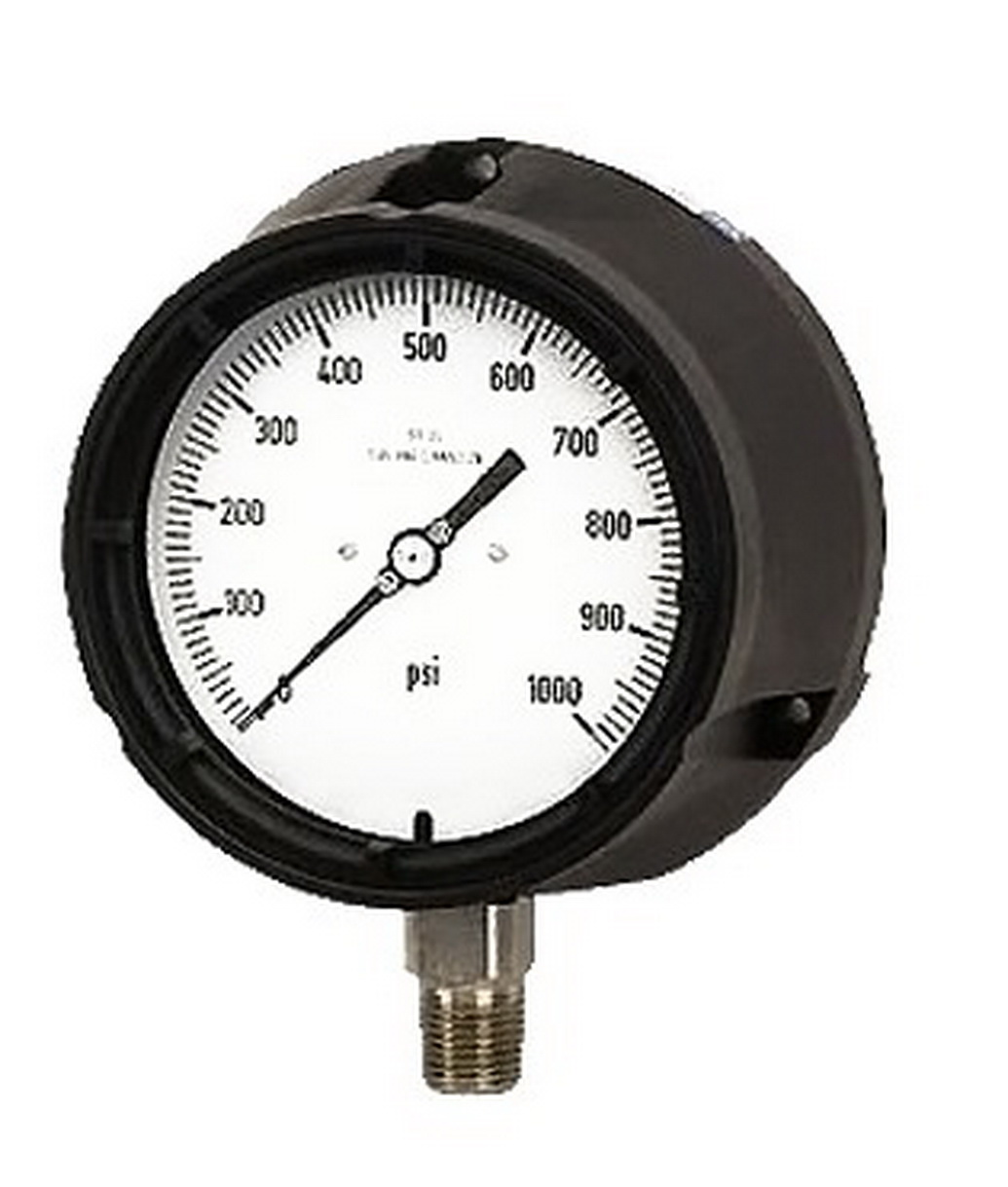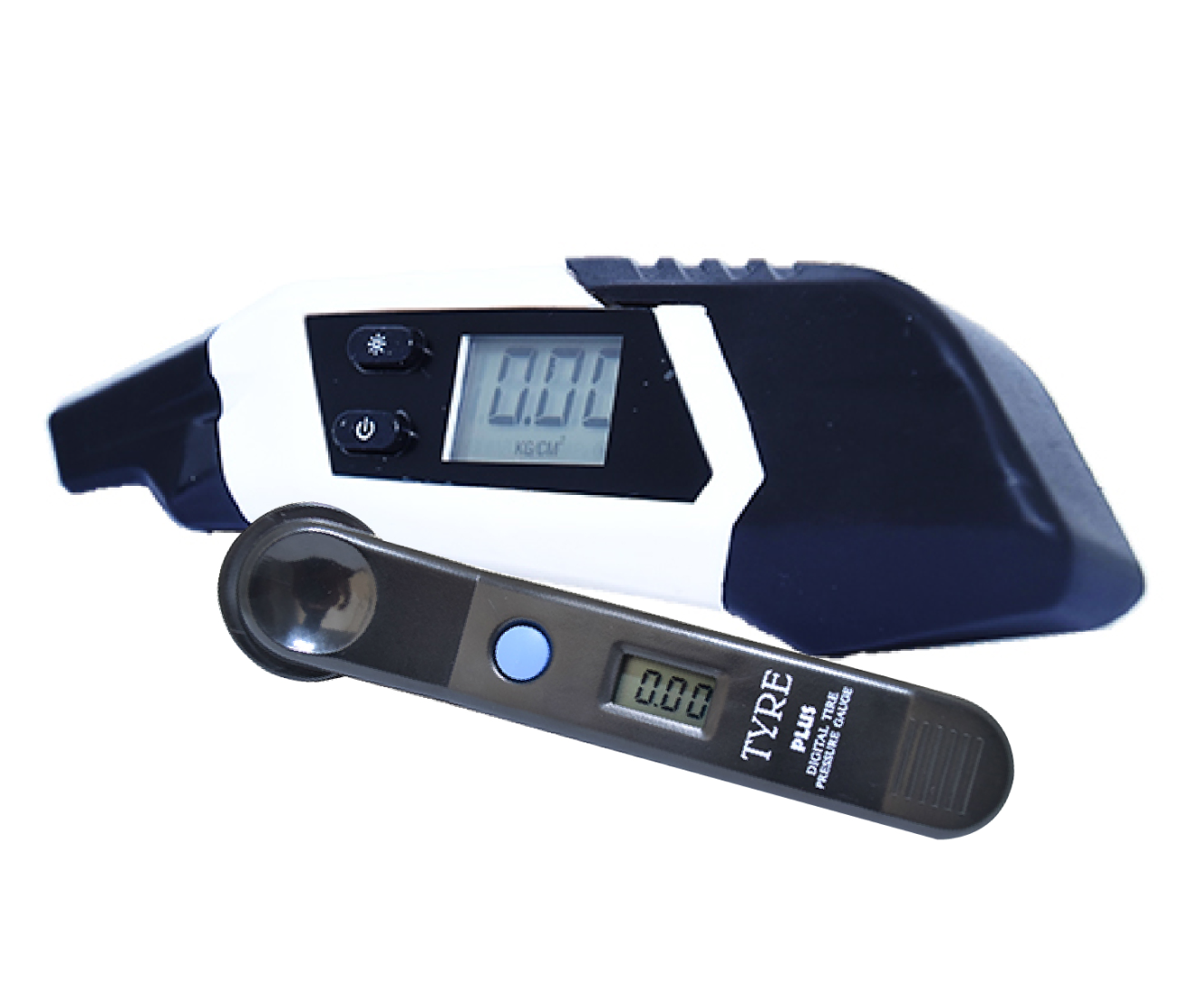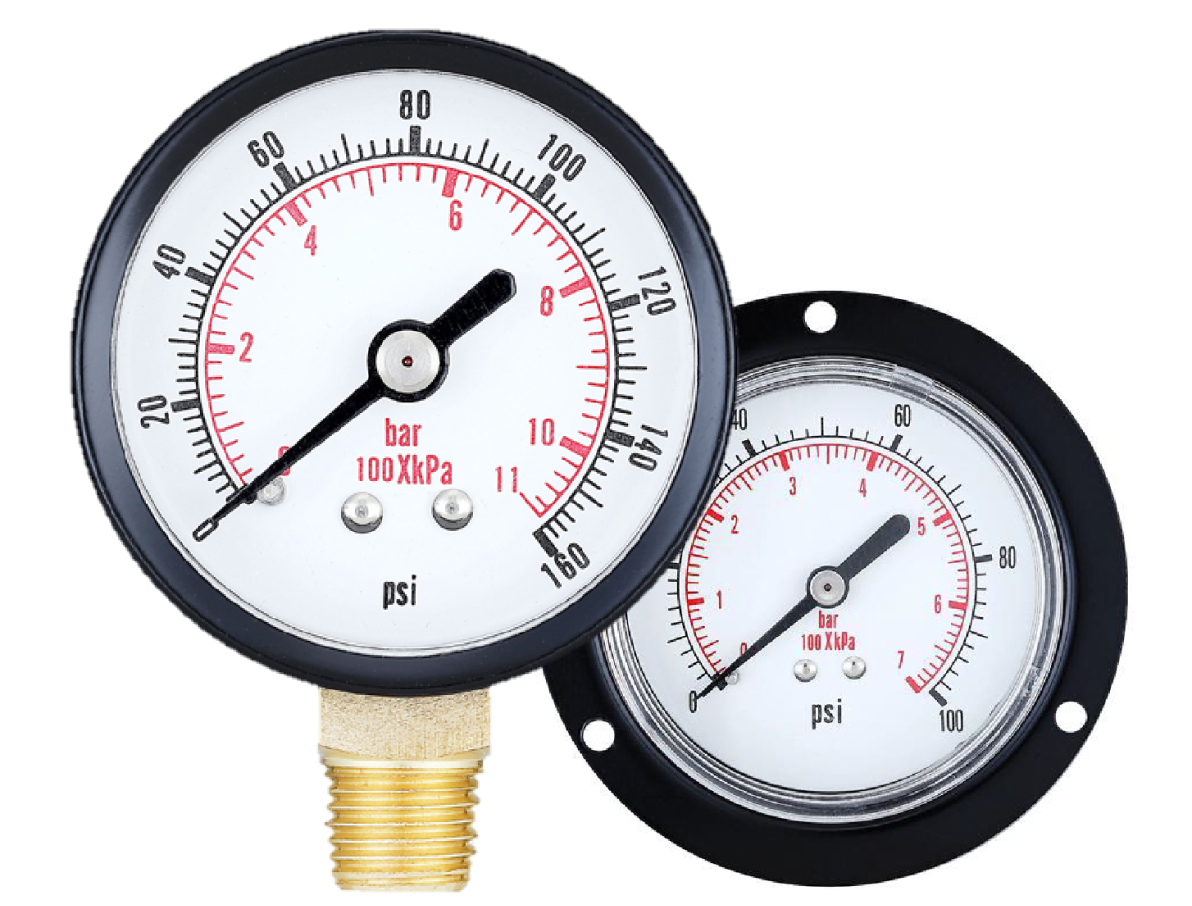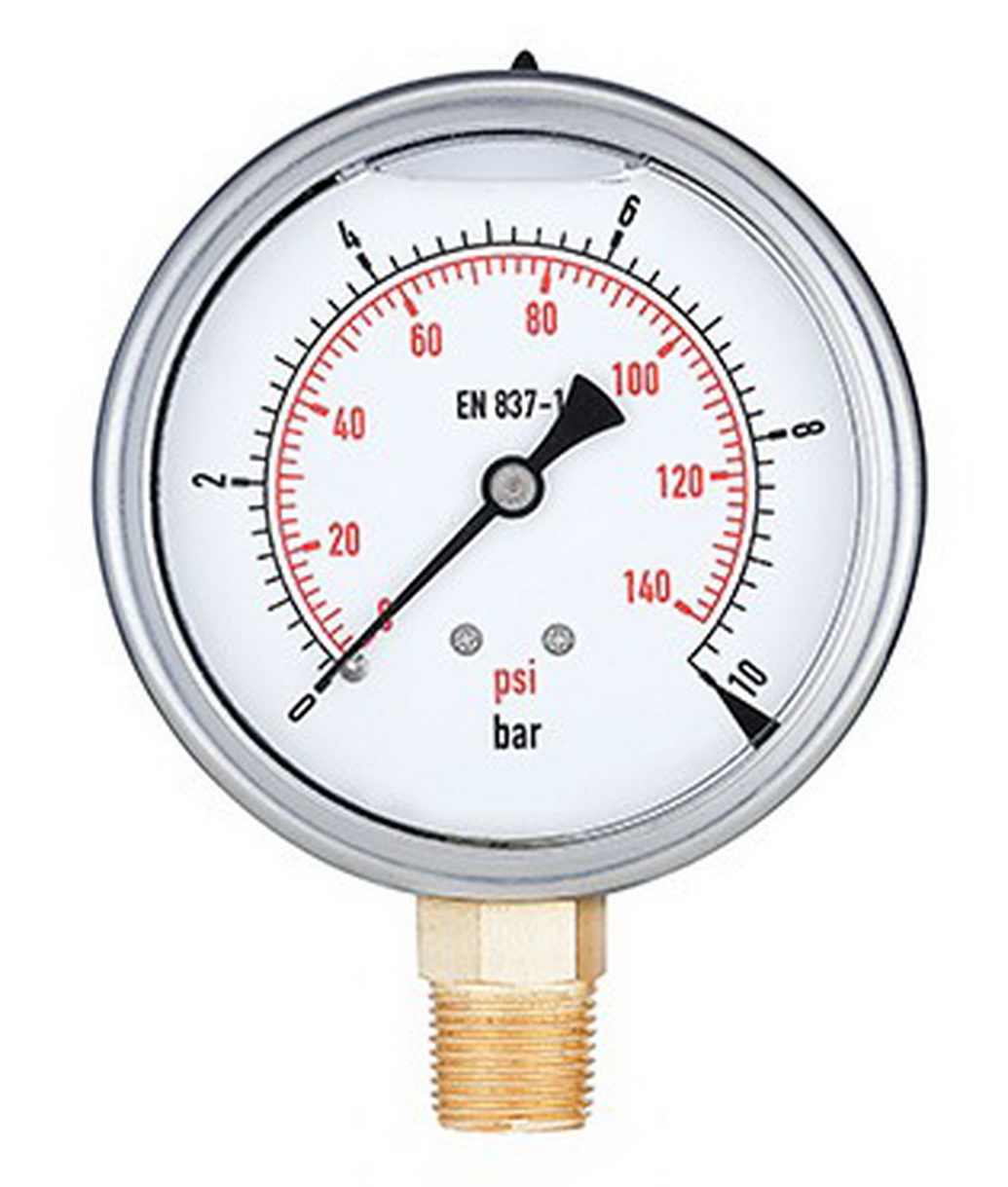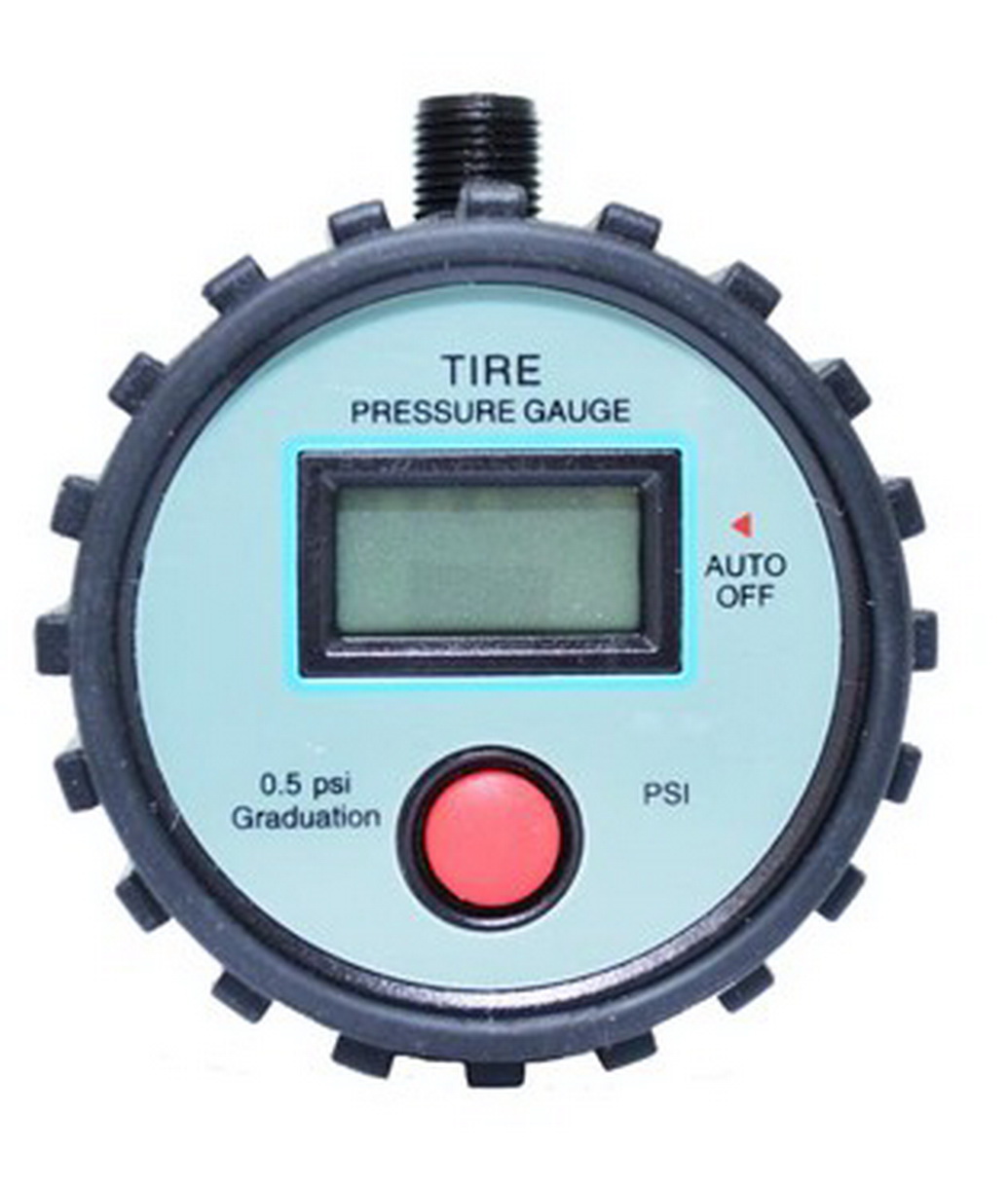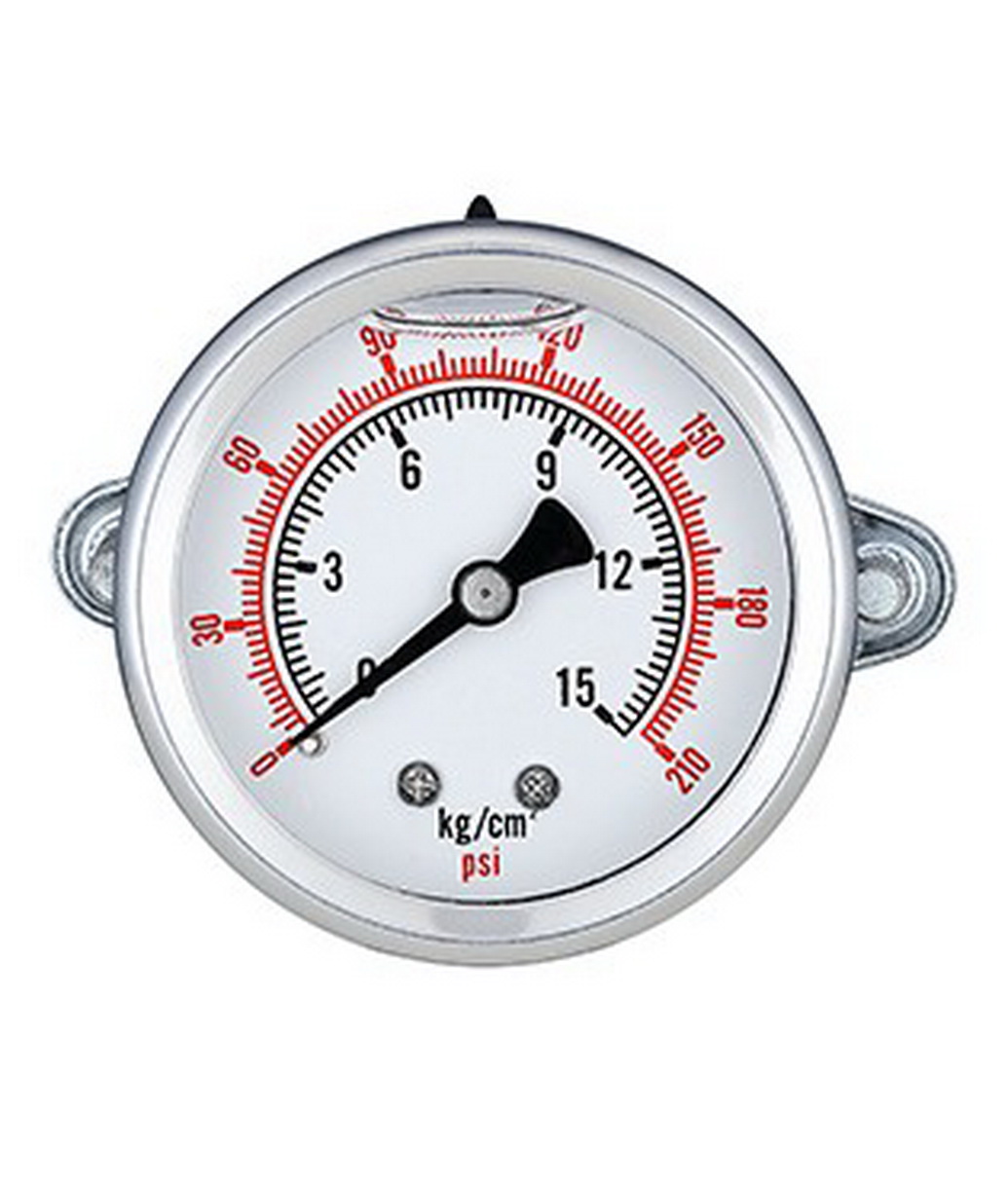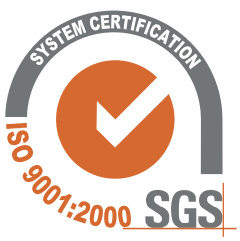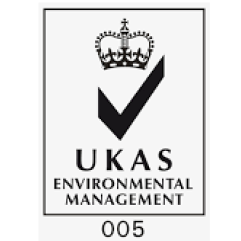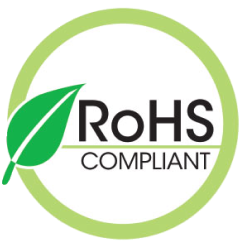Factual data: Vacuum pressure gauges are essential instruments used in various industries. They are used to measure pressure below atmospheric pressure, known as vacuum pressure. When selecting a vacuum pressure gauge, technicians should consider factors such as the desired pressure range, accuracy, gas type, pressure regulation requirements, and environmental conditions. There are three main categories of vacuum pressure gauges: mechanical gauges, ionization gauges, and thermal conductivity gauges. Mechanical gauges, such as bourdon gauges, capacitance gauges, diaphragm gauges, and capsule gauges, rely on mechanical alteration to measure pressure. Ionization gauges, specifically hot and cold cathode gauges, measure pressure by emitting electrons and measuring the flow of electric current. Thermal conductivity gauges, also known as Pirani gauges, use the principle of gas thermal conductivity to measure pressure. Vacuum pressure gauges have numerous applications in industries such as manufacturing, pharmaceuticals, paper milling, oil drilling, petroleum refineries, and chemical plants. They are crucial for ensuring equipment functionality and worker safety. It is important to choose the right vacuum pressure gauge based on the specific industry requirements, operating vacuum level, accuracy, and other application impacts. The selectionshould also consider the interface and communication protocol, cost, and maintenance considerations. Overall, vacuum pressure gauges play a vital role in various industrial processes and are essential for effective vacuum generation.
Key Takeaways:
- Vacuum pressure gauges are crucial instruments used in various industries to measure pressure below atmospheric pressure.
- These gauges are vital tools for professionals, ensuring equipment functionality and worker safety.
- There are three main categories of vacuum pressure gauges: mechanical gauges, ionization gauges, and thermal conductivity gauges.
- The selection of a vacuum pressure gauge should consider factors such as the desired pressure range, accuracy, gas type, and environmental conditions.
- These gauges have wide-ranging applications in industries like manufacturing, pharmaceuticals, oil drilling, and chemical plants.
Understanding Vacuum Pressure Gauges
Vacuum pressure gauges are designed to measure pressure levels below atmospheric pressure, commonly known as vacuum pressure. These gauges are vital instruments in various industries where vacuum plays a significant role in the production process. When selecting the right vacuum pressure gauge, professionals need to take into consideration several factors to ensure accurate and reliable pressure measurement.
One of the crucial factors to consider is the desired pressure range. Different applications require specific pressure ranges, and selecting a gauge that can accurately measure within the desired range is essential. Additionally, technicians need to consider the accuracy of the gauge, as precise measurements are crucial for maintaining optimal vacuum levels and ensuring process reliability.
Gas type is another important consideration. Certain vacuum pressure gauges are specifically designed to measure the pressure of particular gases, and selecting the appropriate gauge for the gas being measured is vital for accurate results. Pressure regulation requirements and environmental conditions should also be taken into account to ensure the gauge functions properly in the intended application.
Overall, understanding vacuum pressure gauges and their selection factors is crucial for professionals in various industries. By carefully considering factors such as pressure range, accuracy, gas type, pressure regulation requirements, and environmental conditions, technicians can choose the most suitable gauge for their specific applications and ensure accurate pressure measurement in vacuum processes.
| Vacuum Pressure Gauge | Measurement Principle |
|---|---|
| Mechanical Gauges | Relies on mechanical alteration to measure pressure |
| Ionization Gauges | Measures pressure by emitting electrons and measuring the flow of electric current |
| Thermal Conductivity Gauges | Uses the principle of gas thermal conductivity to measure pressure |
Types of Vacuum Pressure Gauges
Vacuum pressure gauges are categorized into three main types: mechanical gauges, ionization gauges, and thermal conductivity gauges. Each type has its own measuring principle and is suitable for different applications.
Mechanical gauges: These gauges rely on mechanical alterations, such as the movement of flexible elements or the deformation of elastic materials, to measure pressure. Common mechanical gauge types include bourdon gauges, capacitance gauges, diaphragm gauges, and capsule gauges. They are widely used due to their simplicity, ruggedness, and compatibility with a wide range of pressure ranges.
Ionization gauges: Ionization gauges measure pressure by emitting electrons and measuring the flow of electric current. Hot cathode gauges use a heated filament to emit electrons, while cold cathode gauges rely on ionization caused by high voltage discharges. These gauges are known for their accuracy, sensitivity, and ability to measure extremely low pressures, making them ideal for high-vacuum applications.
Thermal conductivity gauges: Also known as Pirani gauges, these gauges utilize the principle of gas thermal conductivity to measure pressure. A heated wire or filament is exposed to the gas, and the cooling effect due to heat transfer is used to determine pressure. Thermal conductivity gauges are widely used for measuring pressures in the medium to high vacuum range, offering good accuracy and reliability.
Mechanical Gauges
Table 1 provides an overview of the common mechanical gauges and their measuring ranges:
| Gauge Type | Measuring Range |
|---|---|
| Bourdon Gauge | 0-1000 mbar |
| Capacitance Gauge | 0-1000 mbar |
| Diaphragm Gauge | 0-1000 mbar |
| Capsule Gauge | 0-100 mbar |
“Mechanical gauges are widely used due to their simplicity, ruggedness, and compatibility with a wide range of pressure ranges.”
Applications of Vacuum Pressure Gauges in Industries
Vacuum pressure gauges find indispensable applications in diverse industries such as manufacturing, pharmaceuticals, paper milling, oil drilling, petroleum refineries, and chemical plants. These gauges play a crucial role in ensuring equipment functionality and worker safety.
In the manufacturing industry, vacuum pressure gauges are used to monitor and control vacuum levels in various processes, ensuring optimal conditions for production. In pharmaceuticals, these gauges are vital for maintaining the required vacuum levels and preventing any contamination during the production of drugs and medical devices. Paper mills rely on vacuum pressure gauges to achieve the necessary suction force for paper formation and drying, resulting in efficient and high-quality paper production.
Oil drilling and petroleum refineries utilize vacuum pressure gauges to monitor vacuum levels in oil wells and refineries, aiding in the extraction and processing of oil and gas. Chemical plants rely on these gauges for precise monitoring and control of vacuum levels in various chemical processes, ensuring product quality and safety.
| Industry | Application |
|---|---|
| Manufacturing | Monitoring and control of vacuum levels in production processes |
| Pharmaceuticals | Maintaining required vacuum levels for drug production |
| Paper Milling | Optimizing suction force for paper formation and drying |
| Oil Drilling | Monitoring vacuum levels in oil wells |
| Petroleum Refineries | Controlling vacuum levels during oil refining processes |
| Chemical Plants | Precise monitoring and control of vacuum levels in chemical processes |
With their wide-ranging applications, vacuum pressure gauges are an essential tool for professionals in various industries. They ensure equipment functionality, enable efficient production processes, and contribute to worker safety, making them indispensable instruments in today’s industrial landscape.
Selecting the right vacuum pressure gauge entails considering industry requirements, operating vacuum level, accuracy needs, and application impacts. A vacuum pressure gauge is a vital instrument used to measure pressure below atmospheric pressure, commonly known as vacuum pressure. Technicians and professionals in various industries rely on these gauges to ensure optimal performance of equipment and processes.
When choosing a vacuum pressure gauge, it is essential to take into account the specific requirements of the industry. Different industries may have diverse needs in terms of pressure range, accuracy, gas type, pressure regulation, and environmental conditions. By understanding these requirements, technicians can select a gauge that aligns with the industry standards and operational demands.
| Type of Gauge | Measuring Principle |
|---|---|
| Mechanical Gauges | Relies on mechanical alteration to measure pressure |
| Ionization Gauges | Measures pressure by emitting electrons and measuring the flow of electric current |
| Thermal Conductivity Gauges | Utilizes the principle of gas thermal conductivity to measure pressure |
Vacuum pressure gauges can be classified into three main categories: mechanical gauges, ionization gauges, and thermal conductivity gauges. Mechanical gauges, such as bourdon gauges, capacitance gauges, diaphragm gauges, and capsule gauges, rely on mechanical alteration to measure pressure. Ionization gauges, specifically hot and cold cathode gauges, measure pressure by emitting electrons and measuring the flow of electric current. Thermal conductivity gauges, also known as Pirani gauges, utilize the principle of gas thermal conductivity to measure pressure.
These gauges have numerous applications across various industries, including manufacturing, pharmaceuticals, paper milling, oil drilling, petroleum refineries, and chemical plants. They are crucial for ensuring optimal equipment functionality and worker safety. By accurately monitoring and maintaining vacuum levels, these gauges help identify potential issues and prevent accidents, ensuring a safe working environment.
Therefore, when selecting a vacuum pressure gauge, it is important to consider factors such as industry requirements, operating vacuum level, accuracy needs, and application impacts. Additionally, factors such as interface and communication protocol compatibility, cost, and maintenance considerationsshould be taken into account. By carefully evaluating these aspects, professionals can choose the right gauge that meets their specific needs and ensures effective vacuum generation.
The interface and communication protocols of a vacuum pressure gauge should be taken into account to ensure compatibility with existing systems and seamless integration. This ensures that the gauge can effectively communicate pressure data and be easily incorporated into the industrial processes. It is essential to select a gauge that supports the desired interface and communication protocols used within the industry.
One commonly used interface for vacuum pressure gauges is the RS485 communication protocol. This protocol allows for reliable and high-speed data transmission over long distances. By utilizing this interface, vacuum pressure gauges can be easily integrated into existing control systems, providing real-time pressure readings and enabling efficient process monitoring and control.
Another important consideration is the availability of digital interfaces, such as Modbus or Profibus, which are widely used in industrial automation. These interfaces allow for seamless integration of vacuum pressure gauges with other devices, such as programmable logic controllers (PLCs) or supervisory control and data acquisition (SCADA) systems. The digital interface provides a standardized method for exchanging pressure data, enabling greater flexibility and interoperability.
In summary, when selecting a vacuum pressure gauge, it is crucial to consider the interface and communication protocols to ensure compatibility and integration with existing systems. This allows for efficient data exchange and seamless monitoring and control of vacuum processes. By choosing the right interface and communication protocols, industries can optimize their operations and enhance overall productivity.
| Interface | Communication Protocol |
|---|---|
| RS485 | Reliable and high-speed data transmission over long distances |
| Modbus | Standardized interface for industrial automation |
| Profibus | Interoperability with other devices and systems |
Cost and Maintenance Considerations
Cost and maintenance considerations play a crucial role in selecting vacuum pressure gauges, encompassing factors such as initial cost, ongoing maintenance requirements, and availability of spare parts. When evaluating the cost of a vacuum pressure gauge, technicians should not only consider the upfront price but also the long-term value it provides. Investing in a high-quality gauge may result in lower maintenance costs and reduced downtime due to equipment failure.
Different types of vacuum pressure gauges may have varying maintenance requirements. It is essential to understand the specific maintenance tasks and intervals recommended by the manufacturer. Regular calibration and sensor checks are typically necessary to ensure accurate pressure readings. Technicians should also inquire about the availability of spare parts, as accessibility to replacement components can impact the longevity of the gauge.
Additionally, the overall cost of ownership should be considered. This includes factors such as the need for specialized training or software updates for gauge operation and maintenance. Evaluating these considerations upfront can help avoid unexpected expenses and ensure a cost-effective choice for the long term.
| Cost Considerations | Maintenance Considerations |
|---|---|
| Upfront price | Recommended maintenance tasks |
| Long-term value | Calibration and sensor checks |
| Availability of spare parts | Specialized training or software updates |
By carefully considering cost and maintenance factors, technicians can make informed decisions when selecting vacuum pressure gauges. This ensures that the chosen gauge not only meets the industry requirements and accuracy needs but also provides reliable, long-lasting performance for the intended application.
Vacuum pressure gauges are of paramount importance for monitoring and maintaining optimal vacuum levels, ultimately ensuring the functionality of equipment. These gauges play a crucial role in various industries, including manufacturing, pharmaceuticals, paper milling, oil drilling, petroleum refineries, and chemical plants. By accurately measuring pressure below atmospheric levels, vacuum pressure gauges enable professionals to assess equipment performance and identify any potential issues or deviations.
One of the key advantages of vacuum pressure gauges is their ability to provide real-time data on vacuum levels. This information is vital for maintaining the desired vacuum pressure range, as different equipment and processes require specific vacuum conditions to operate efficiently. By using vacuum pressure gauges, professionals can promptly detect any fluctuations or irregularities in vacuum levels, allowing for timely adjustments and preventive maintenance.
In addition to monitoring and maintaining optimal vacuum levels, vacuum pressure gauges also contribute to overall equipment safety. By continuously monitoring pressure, these gauges help identify leaks or inadequate vacuum conditions that can lead to hazardous situations. This proactive approach to equipment safety ensures that the working environment remains secure for personnel while also preventing potential equipment failures and costly downtime.
Furthermore, vacuum pressure gauges provide valuable data for process optimization. By accurately measuring vacuum pressure, professionals can assess the efficiency of vacuum generation systems and identify potential improvements. This data-driven approach allows for the optimization of energy consumption, reduction of waste, and enhancement of overall process reliability.
| Key Benefits of Vacuum Pressure Gauges in Equipment Functionality: |
|---|
| 1. Monitoring and maintaining optimal vacuum levels |
| 2. Identifying leaks and inadequate vacuum conditions |
| 3. Enhancing equipment safety and preventing accidents |
| 4. Providing data for process optimization |
Overall, vacuum pressure gauges are a vital tool in ensuring the functionality, safety, and efficiency of equipment in various industries. Their accurate measurement capabilities and real-time data enable professionals to make informed decisions, optimize processes, and ensure a reliable and secure working environment. By investing in high-quality vacuum pressure gauges and incorporating them into equipment monitoring and maintenance strategies, industries can optimize their operations and achieve long-term success.
Vacuum pressure gauges play a vital role in ensuring worker safety by identifying potential hazards, leaks, and improper vacuum levels. These gauges provide real-time monitoring and measurement of vacuum pressures, allowing professionals to proactively address any issues that may compromise safety. By detecting leaks or deviations from optimal vacuum levels, vacuum pressure gauges help prevent accidents, minimize downtime, and maintain a safe working environment.
In industries such as manufacturing, pharmaceuticals, and chemical plants, where vacuum processes are frequently utilized, the presence of accurate and reliable vacuum pressure gauges is essential. These gauges act as a first line of defense by alerting operators to any abnormalities or unexpected changes in vacuum pressure. This early detection enables timely interventions, ensuring that potential hazards are addressed before they escalate into serious safety concerns.
Additionally, vacuum pressure gauges assist in quality control processes by ensuring that vacuum levels are maintained within specified limits. This is particularly crucial in industries where precise vacuum conditions are necessary for the production of high-quality products, such as semiconductor manufacturing. By continuously monitoring the vacuum pressure, workers can verify that the required vacuum conditions are met, guaranteeing the integrity of the final product.
| Vacuum Pressure Gauge Benefits for Worker Safety: |
|---|
| • Early detection of leaks and potential hazards |
| • Monitoring and maintenance of optimal vacuum levels |
| • Minimization of accidents and downtime |
| • Quality control assurance |
In conclusion, vacuum pressure gauges are vital tools for ensuring worker safety in industries that rely on vacuum processes. By promptly identifying hazards, leaks, and deviations from optimal vacuum levels, these gauges help prevent accidents and maintain a safe working environment. Additionally, they play a crucial role in quality control processes, ensuring that vacuum conditions meet the required specifications. Investing in high-quality vacuum pressure gauges is therefore crucial for industries prioritizing worker safety and efficient operations.
The Impact of Vacuum Pressure Gauges on Vacuum Generation
Vacuum pressure gauges have a significant impact on the process of vacuum generation, contributing to efficient and effective operations in different industrial applications. These gauges play a crucial role in measuring pressure below atmospheric pressure, commonly referred to as vacuum pressure. By providing accurate and reliable pressure measurements, vacuum pressure gauges enable technicians to monitor and control vacuum levels, ensuring optimal performance of industrial equipment and processes.
When it comes to vacuum generation, precise pressure measurement is vital. Vacuum pressure gauges help technicians monitor the pressure levels within vacuum systems, ensuring they operate within the desired range. By maintaining precise vacuum levels, these gauges contribute to the overall efficiency and effectiveness of the vacuum generation process.
In addition to monitoring vacuum levels, vacuum pressure gauges also assist in identifying any leaks or improper vacuum conditions. By detecting potential hazards, technicians can take timely interventions, preventing accidents and ensuring worker safety. Vacuum pressure gauges are particularly crucial in industries such as manufacturing, pharmaceuticals, paper milling, oil drilling, petroleum refineries, and chemical plants, where maintaining proper vacuum levels is essential for the functionality and safety of equipment.
To illustrate the impact of vacuum pressure gauges, let’s consider an example from the manufacturing industry. In a production line where vacuum is used for packaging, an accurate vacuum pressure gauge ensures that the packaging process runs smoothly and efficiently. By keeping a constant check on the pressure within the vacuum system, technicians can prevent issues such as product spoilage, package damage, or even system failures. This not only helps in providing high-quality products but also avoids unnecessary downtime and costly repairs.
| Vacuum Pressure Gauge Benefits | Key Applications |
|---|---|
| Accurate pressure measurements | Manufacturing, pharmaceuticals, chemical plants |
| Monitoring and control of vacuum levels | Paper milling, oil drilling, petroleum refineries |
| Identification of leaks and potential hazards | Various industries |
Vacuum pressure gauges have a profound impact on the process of vacuum generation, ensuring efficient and effective operations in various industries. By accurately measuring vacuum pressure, these gauges enable the monitoring and control of vacuum levels, leading to optimal equipment functionality, worker safety, and prevention of potential hazards and accidents.
“Vacuum pressure gauges are essential instruments used in various industries. They are crucial for ensuring equipment functionality and worker safety. It is important to choose the right vacuum pressure gauge based on specific industry requirements, operating vacuum level, accuracy, and other application impacts.”
Additional Resources:
- The Role of Vacuum Pressure Gauges in Industrial Applications
- Factors to Consider When Selecting a Vacuum Pressure Gauge
- Benefits of using Digital Vacuum Pressure Gauges
The Importance of Accurate Vacuum Pressure Measurement
Accurate vacuum pressure measurement is of utmost importance for maintaining optimal vacuum levels, ensuring process reliability, and preventing system failures or quality concerns. Vacuum pressure gauges play a critical role in monitoring and controlling the pressure below atmospheric levels, allowing industries to operate efficiently and safely.
By accurately measuring the vacuum pressure, technicians can ensure that equipment, such as vacuum pumps and chambers, are operating within the desired range. Any deviations from the optimal vacuum levels can lead to decreased performance, inefficient processes, and potential equipment malfunctions.
Additionally, accurate vacuum pressure measurement is essential for maintaining process reliability. Many industrial processes rely on vacuum pressure to achieve specific outcomes, such as precise product manufacturing or efficient separation techniques. Without accurate pressure measurement, these processes may be compromised, resulting in subpar product quality, increased production costs, or even safety hazards.
Table 1: Factors Affecting Vacuum Pressure Measurement Accuracy
| Factors | Effects on Measurement Accuracy |
|---|---|
| Temperature fluctuations | Can cause thermal expansion or contraction, affecting pressure readings |
| Gas composition | Different gases may require specific calibration and correction factors |
| Contamination | Foreign particles or debris can impact gauge performance and accuracy |
| System leaks | Introduce air or other gases, affecting the vacuum level and measurements |
Preventing system failures and maintaining product quality also heavily rely on accurate vacuum pressure measurement. If pressure levels fall outside the desired range, it can lead to system failures, process inefficiencies, or compromised product integrity. By utilizing vacuum pressure gauges with high accuracy and reliability, industries can minimize these risks and ensure consistent and reliable outcomes.
Accurate vacuum pressure measurement is not only essential for maintaining optimal vacuum levels and process reliability but also plays a significant role in improving overall system efficiency. By regularly monitoring and controlling vacuum pressure, industries can identify and rectify any issues promptly, leading to improved productivity, reduced downtime, and cost savings.
Digital vs. Analog Vacuum Pressure Gauges
When choosing a vacuum pressure gauge, professionals may consider digital and analog options, each with its own merits and drawbacks. Digital gauges provide precise and accurate measurements, making them ideal for applications that require high precision. They have clear digital displays, which allow for easy reading of pressure values. Additionally, digital gauges often offer advanced features such as data logging and remote monitoring, enhancing convenience and efficiency in industrial settings.
Analog gauges, on the other hand, have been used for decades and are known for their reliability. They are durable and less prone to electronic failures, making them suitable for harsh environments or areas with potential electrical interference. Analog gauges also provide a visual representation of pressure fluctuations through their analog display, allowing for quick and intuitive interpretation of pressure levels.
| Pros of Digital Gauges | Pros of Analog Gauges |
|---|---|
|
|
In the words of industry expert John Smith, “Digital gauges offer unmatched precision and convenience, while analog gauges provide the trust and familiarity of traditional measurement tools. The choice between digital and analog ultimately depends on the specific requirements of the application.”
It is important to note that both digital and analog gauges require regular calibration to maintain accuracy. Technicians should follow the manufacturer’s guidelines for calibration and ensure proper maintenance of the gauges to prolong their lifespan and optimize performance.
| Pros of Digital Gauges | Pros of Analog Gauges |
|---|---|
|
|
Key Factors for Effective Vacuum Pressure Sensing and Control
To achieve effective vacuum pressure sensing and control, it is essential to use reliable pressure sensors and controllers in conjunction with vacuum pressure gauges. These components work together to ensure accurate and efficient control of vacuum processes in various industries.
When selecting pressure sensors, it is important to consider their capability to accurately measure vacuum pressure. Modern sensors utilize advanced technologies such as capacitance, piezoresistive, or thermal principles to provide precise and reliable measurements. These sensors should be able to withstand the specific vacuum pressure range required for the application.
Pressure controllers play a vital role in maintaining the desired vacuum level. They regulate the gas flow and pressure within the system, ensuring stability and preventing pressure fluctuations. The controllers should have the necessary accuracy and response time to adjust the pressure as needed, based on the input from the pressure sensors.
Integration between the pressure sensors, controllers, and vacuum pressure gauges is essential for effective vacuum pressure control. It allows for real-time monitoring and adjustment of the pressure levels, ensuring optimal performance and efficiency. Additionally, the communication protocol used should be compatible with the existing system, enabling seamless integration and data exchange.
| Benefits of Effective Vacuum Pressure Control |
|---|
|
By implementing reliable pressure sensors and controllers in conjunction with vacuum pressure gauges, industries can achieve accurate and efficient vacuum pressure control. This leads to numerous benefits, including enhanced process control, improved product quality, energy savings, prolonged equipment lifespan, and a safer working environment.
With the right combination of pressure sensing and control components, professionals can optimize their vacuum processes, ensuring reliable and consistent results. Whether in manufacturing, pharmaceuticals, or other industries, effective vacuum pressure control is instrumental in meeting industry standards, maximizing productivity, and ensuring overall operational success.
Factors Affecting Vacuum Pressure Gauge Performance
Several factors can influence the performance of vacuum pressure gauges, including contamination, calibration drift, and environmental conditions. Contamination, in the form of dust, particles, or fluids, can interfere with the accuracy and reliability of the gauge readings. It can clog the pressure sensing mechanism or affect the smooth movement of mechanical parts, leading to incorrect pressure measurements.
Calibration drift is another significant factor that can affect vacuum pressure gauge performance. Over time, gauges can deviate from their initial calibration, resulting in inaccurate pressure readings. Regular calibration checks and adjustments are essential to ensure the gauge remains within acceptable accuracy limits.
Environmental conditions also play a crucial role in gauge performance. Extreme temperatures, moisture, and corrosive substances can damage the gauge components, affecting its overall functionality. It is important to choose gauges that are designed to withstand the specific environmental conditions of the application.
In summary, the performance of vacuum pressure gauges can be influenced by factors such as contamination, calibration drift, and environmental conditions. Technicians and professionals using these gauges need to be aware of these factors and take appropriate measures to ensure accurate and reliable pressure measurements. Regular maintenance, calibration checks, and selecting gauges suitable for the operating environment are crucial for optimizing gauge performance and ensuring accurate vacuum pressure measurement.
| Factors | Impact on Gauge Performance |
|---|---|
| Contamination | Can interfere with gauge readings, leading to inaccurate pressure measurements |
| Calibration Drift | Gauge can deviate from its initial calibration, resulting in inaccurate pressure readings |
| Environmental Conditions | Extreme temperatures, moisture, or corrosive substances can damage gauge components and affect functionality |
“The presence of contamination, calibration drift, and harsh environmental conditions can significantly impact the performance of vacuum pressure gauges. It is vital to address these factors to ensure accurate and reliable pressure measurement.”
Conclusion
Vacuum pressure gauges are vital tools in diverse industries, and selecting the right gauge based on industry-specific needs is crucial for optimal performance and safety. These gauges are used to measure pressure below atmospheric pressure, known as vacuum pressure. When choosing a vacuum pressure gauge, technicians need to consider factors such as the desired pressure range, accuracy, gas type, pressure regulation requirements, and environmental conditions.
There are three main categories of vacuum pressure gauges: mechanical gauges, ionization gauges, and thermal conductivity gauges. Mechanical gauges rely on mechanical alteration to measure pressure and include bourdon gauges, capacitance gauges, diaphragm gauges, and capsule gauges. Ionization gauges, specifically hot and cold cathode gauges, measure pressure by emitting electrons and measuring the flow of electric current. Thermal conductivity gauges, also known as Pirani gauges, use the principle of gas thermal conductivity to measure pressure.
Vacuum pressure gauges find numerous applications in industries such as manufacturing, pharmaceuticals, paper milling, oil drilling, petroleum refineries, and chemical plants. They are essential for ensuring equipment functionality and worker safety. It is crucial to choose the right vacuum pressure gauge based on industry requirements, operating vacuum level, accuracy, and other application impacts. Consideration should also be given to the interface and communication protocol, cost, and maintenance considerations.
In conclusion, vacuum pressure gauges play a vital role in various industrial processes and are essential for effective vacuum generation. By accurately measuring and monitoring pressure levels, these gauges contribute to the efficiency, reliability, and safety of equipment and processes. Choosing the right gauge and understanding its various types and applications is key to successful implementation and operation in different industries. With their indispensable functionality and wide-ranging benefits, vacuum pressure gauges continue to be an indispensable tool for professionals across industries.
FAQ
What are vacuum pressure gauges used for?
Vacuum pressure gauges are used to measure pressure below atmospheric pressure, known as vacuum pressure. They are essential instruments used in various industries.
What factors should be considered when selecting a vacuum pressure gauge?
When selecting a vacuum pressure gauge, technicians should consider factors such as the desired pressure range, accuracy, gas type, pressure regulation requirements, and environmental conditions.
What are the different types of vacuum pressure gauges?
There are three main categories of vacuum pressure gauges: mechanical gauges, ionization gauges, and thermal conductivity gauges.
What are the applications of vacuum pressure gauges in industries?
Vacuum pressure gauges have numerous applications in industries such as manufacturing, pharmaceuticals, paper milling, oil drilling, petroleum refineries, and chemical plants. They are crucial for ensuring equipment functionality and worker safety.
How do I select the right vacuum pressure gauge?
When selecting a vacuum pressure gauge, it is important to consider factors such as industry requirements, operating vacuum level, accuracy, and other application impacts. The selection should also consider the interface and communication protocol, cost, and maintenance considerations.
Source Links
| 2023.10.05 22:32:06 | seowriting.ai |

